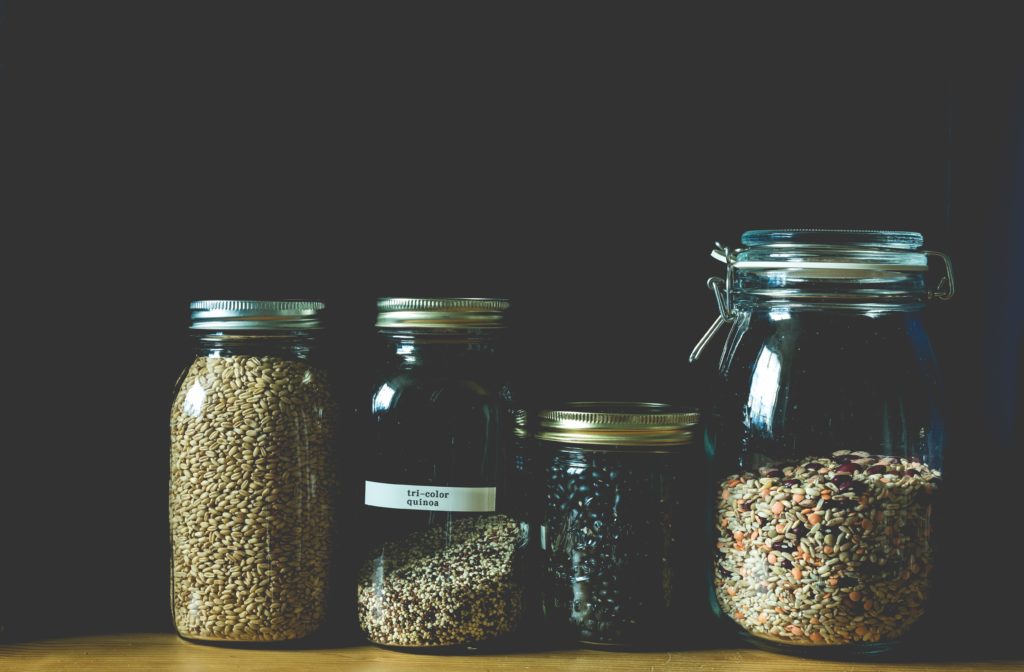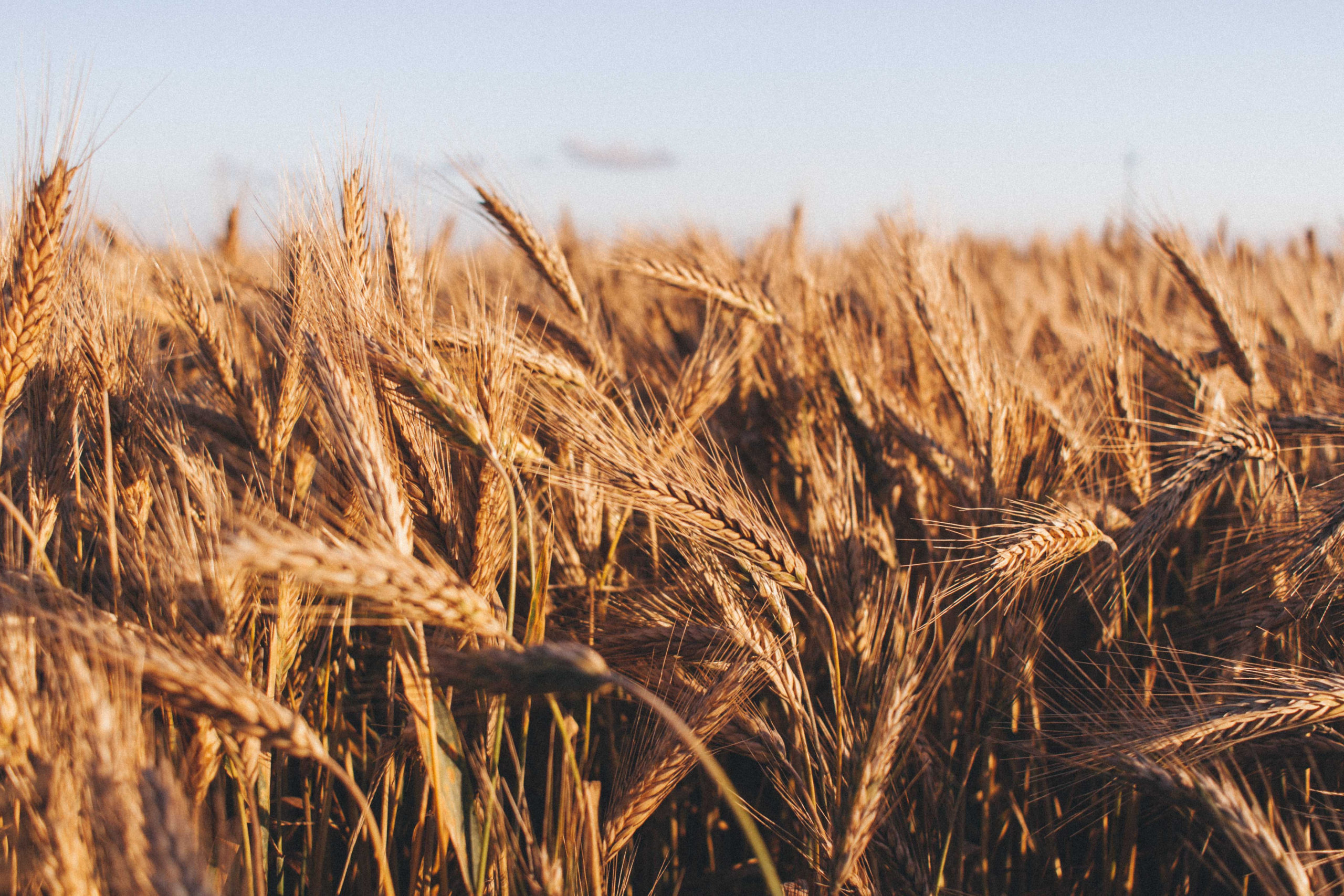Grains are generally divided into two categories: gluten containing grains and gluten free grains. Gluten is a group of proteins (gliadin and glutenin) found in wheat, barley and rye that can cause inflammation, malabsorption and increased intestinal permeability in sensitive individuals and those with celiac disease. Gluten free grains contain other proteins, but do not contain gluten molecules.
More recently, the term “ancient grains” has gained traction in the health and wellness community. Ancient grains are those that have remained unchanged over many years and tend to be less processed/milled, have a richer vitamin and mineral profile and contain more fiber than modern day wheat, corn, rice and soy.Consumption of ancient grains has been linked to lowered risk of cardiovascular health as well as reduced inflammation and cancer risk. This might be due to their high antioxidant content.
Ancient grains tend to have a nutty, chewy texture and are usually grown in a more environmentally friendly manner than many of our “mono crops” today since they need less water and pesticides/herbicides. They are also actual whole grains! That means that the entire grain (germ, bran and endosperm) are intact, unlike refined grains that have been milled so that only the endosperm remains.
How to cook grains
While each grain has a specific water to grain cooking ratio based on how much water the grain absorbs and how long it takes to cook (see below for easy steps on how to cook each grain!), an easy fool proof way to cook grains is simply to bring a pot of water to a boil, add the grains, decrease hot and monitor until desired done-ness. Then simply drain the water and you’re good to go!
TIP: Always rinse your grains in cold water – this will eliminate any residue on the grains and avoid a bitter tasting cooked product. Additionally, soaking grains overnight helps to reduce their phytic acid content. Phytic acid blocks the absorption of minerals like zinc, calcium, iron and magnesium, so soaking grains can help improve the bioavailability of these minerals.
Amaranth
- How to cook: 1 cup amaranth to 3 cups water. Bring water to boil first, then add amaranth, reduce heat and cover to let simmer for 20 minutes or until water is absorbed.
- About: Amaranth is a gluten free grain. It is a great source of minerals like manganese (important for brain function), iron and magnesium. Add amaranth to soups, smoothies or stews, or use it replace rice as a side dish.
Quinoa
- How to cook: 1 cup quinoa to 2 cups water. Bring water and quinoa to a boil together, then reduce heat, cover and simmer for 15 minutes or until water is absorbed.
- About: Quinoa is technically a seed but is often classified as a pseudo-grain and is gluten free as well as a complete protein source. Quinoa makes great breakfast porridge or use it as a replacement for rice in Mexican dishes or stews. Quinoa also makes a great cold salad.
Millet
- How to cook: 1 cup millet to 2 cups water. Bring water to a boil, add millet then reduce heat, cover and simmer for 20 minutes or until water is absorbed.
- About: Millet is a gluten free grain and makes a great porridge. Millet is a very resilient crop likely due to its size and toughness. Millet contains the highest calcium content of all cereal grains.
Farro
- How to cook: 1 cup farro to 3 cups water. Bring water and farro to a boil together, then reduce heat, cover and simmer for 30 minutes or until water is absorbed.
- About: Farro is a gluten containing grain in the wheat family and should be avoided by those who are gluten sensitive or who have celiac disease. Farro is often used to encompass three different wheat grains: Einkorn, Emmer and Spelt. The farro most common in the U.S and Europe is emmer wheat. Try farro in soups, stews, casseroles or in salads.
Kamut (Khorasan Wheat)
- How to cook: 1 cup kamut (soaked overnight) to 3 cups water. Bring water and kamut to a boil, cover and reduce heat. Simmer for 30-45 minutes or until tender.
- About: Kamut is a gluten containing grain in the wheat family and should be avoided by those who are gluten sensitive or who have celiac disease. It is a hardy grain and has a rich, buttery flavor. It may be more easily digested than traditional durum wheat and has a fuller nutritional profile, as well as 40% more protein than modern wheat. Try kamut in soups, stews, stir-fries or even baked goods!
Rye
- How to cook: Soak 1 cup rye berries overnight. Bring 3 cups of water to a boil, then add rye berries. Return to a boil, then reduce heat, partially cover and simmer for 45 minutes.
- About: Rye contains less gluten than wheat but is still a gluten containing grain and should be avoided by those who are gluten sensitive or who have celiac disease. Rye contains high amounts of manganese, fiber and copper. Rye flakes can be eaten as a porridge or add cooked rye berries to soups or stews.
Barley
- How to cook: Combine 1 cup barley with 3 cups water. Bring to a boil, then simmer for 40-45 minutes (hulled barley). Drain if needed.
- About: Barley contains less gluten than wheat but is still a gluten containing grain and should be avoided by those who are gluten sensitive or who have celiac disease. Barley has a nutty flavor and a chewy texture. Barley can be used in place of rice as a side dish or in soups, stews, salads or hot breakfast cereals.
Teff
- How to cook: 1 cup teff to 1 ½ cups water. Bring water to a boil, add teff, reduce to simmer. Cover and cook until water is absorbed, about 8-10 minutes. Fluff and let sit covered for 10 minutes.
- About: Teff is a gluten free grain and originates from Ethiopia. It is very small, about the size of a poppyseed, and is a great source of magnesium and fiber. Teff has a nutty, mild flavor and makes a great morning porridge or an addition to homemade veggie burgers.
Oats
How to cook steel cut oats: 1 cup steel coats to 1 cup milk and 2 ½ cups water. Bring milk and water to a boil over high heat. Add oats, return to a boil then reduce to low heat. Let simmer for 20 minutes, stirring occasionally to avoid oats sticking to pan. For softer oats, cook an additional 5-10 minutes or remove after 20 minutes for a chewier oat.
How to cook rolled oats: 1 cup rolled oats to ½ cup milk and ½ cup water. Bring liquid to a boil in a small saucepan, then add rolled oats, reduce heat to low and cook for about 5 minutes. Rolled oats can also be easily made in the microwave. Simply combine oats and liquid and microwave for about 2 minutes, then in 15 second increments until desired doneness.
About: Steel cut oats are the best option here, as they are the less processed, contain more fiber and have a low glycemic index, but they take the longest to cook. Rolled oats are steamed, then pressed and are less textured than steel cut oats. Oats are considered naturally gluten free, but due to high rates of cross-contamination with gluten containing grains, it’s recommended to choose a certified gluten free oat.
Try out some of our favorite recipes using ancient grains and click here for even more ideas on how to include these grains in your meal prep.
Try using farro, millet or teff instead of quinoa in these Black bean burgers, Quinoa patties or Quinoa salad with carmelized onions



